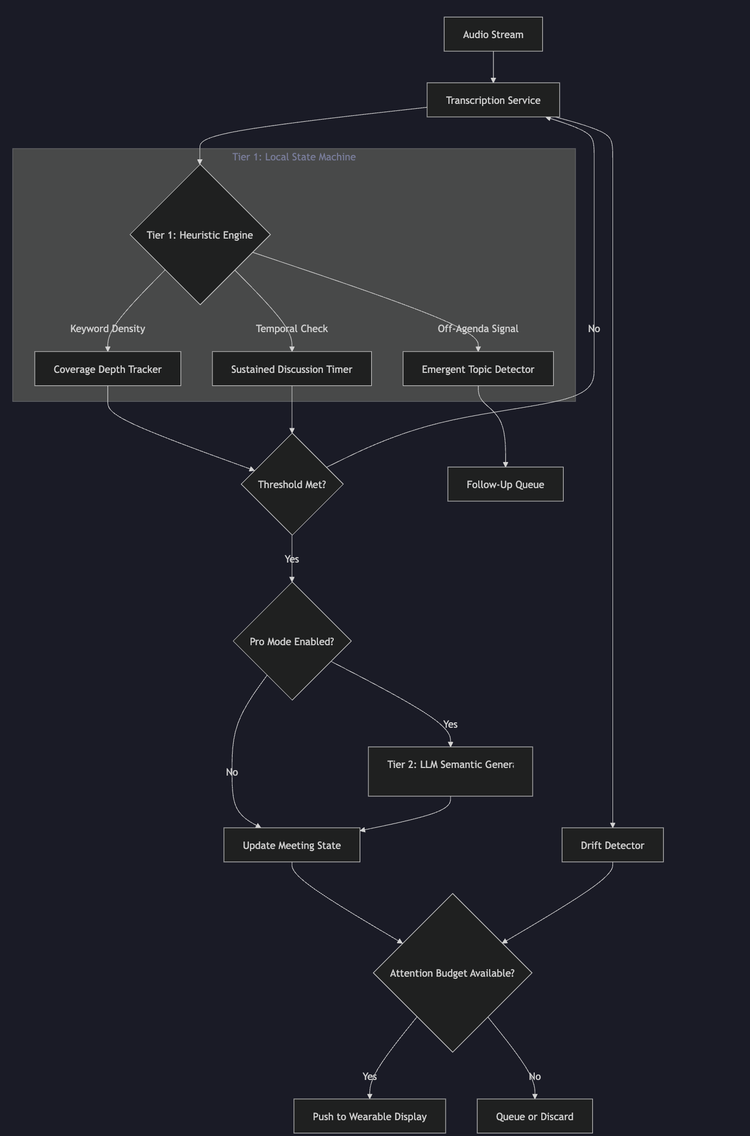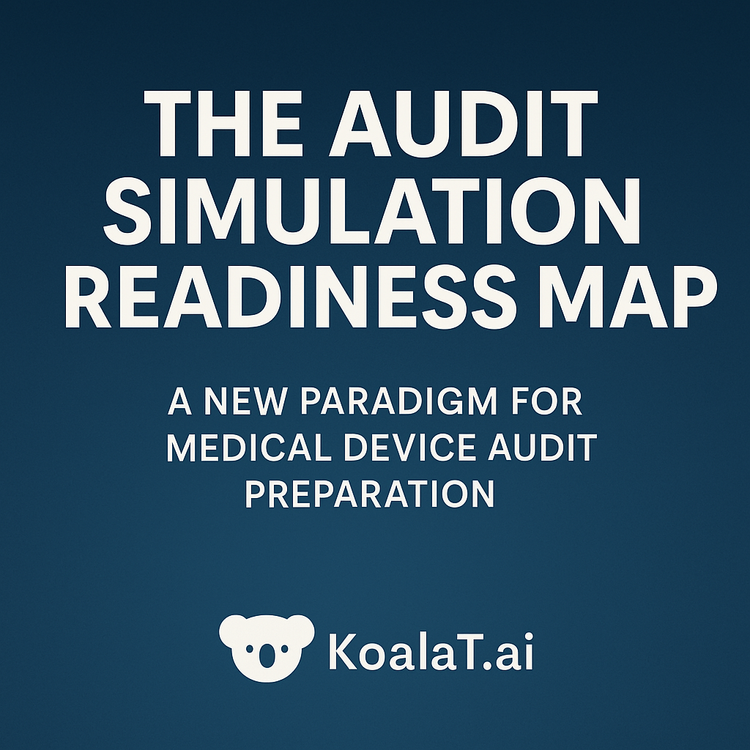Mapping out 21CFR Part 820

Mind Map of 21 CFR Part 820: A Comprehensive Guide
The 21 CFR Part 820, also known as the Quality System Regulation (QSR), outlines the Current Good Manufacturing Practice (CGMP) requirements that manufacturers of medical devices must adhere to ensure the safety and effectiveness of their products. This blog post will delve into the key aspects of this regulation, providing a comprehensive mind map to help you navigate its complexities.
Quality System Regulation
The QSR is a set of regulations enforced by the U.S. Food and Drug Administration (FDA) to ensure that medical devices are safe and effective for their intended use. It applies to all medical devices intended for human use, excluding investigational devices. The QSR mandates that manufacturers establish and maintain a quality system that meets the requirements outlined in the regulation.
Overview of Requirements
The QSR outlines several requirements that manufacturers must meet. These include:
- Management Responsibility: The manufacturer must establish a quality policy and objectives, ensure that quality system requirements are effectively established and maintained, and ensure the availability of resources.
- Design Controls: These are systematic measures put in place during the design process to ensure that the device meets the intended use, user needs, and specified design inputs. They include design and development planning, design input, design output, design review, design verification, design validation, and design changes.
- Production and Process Controls: These controls ensure that a device conforms to its specifications. They include process validation, inspection, measuring, and test equipment, and acceptance activities .
Management Responsibility
Management has a significant role in ensuring the quality of medical devices. They are responsible for establishing a quality policy, ensuring that quality objectives are established, and that a quality system is implemented and maintained. Management must also review the quality system to ensure its continuing suitability and effectiveness.
Design Controls
Design controls are an integral part of the QSR. They ensure that the design requirements for a device are consistent with the needs of the users and patients. The controls also ensure that any discrepancies, ambiguities, or inconsistencies in the design inputs are resolved before the product is manufactured [4].
Production and Process Controls
Production and process controls are measures that manufacturers put in place to ensure that a device conforms to its specifications. These controls include process validation, inspection, measuring, and test equipment, and acceptance activities.
In conclusion, understanding the 21 CFR Part 820 is crucial for manufacturers in the medical device industry. It not only ensures the safety and effectiveness of their products but also helps them maintain compliance with regulatory requirements. By using tools like the mind map generated on InfraNodus, manufacturers can better navigate these complex regulations and ensure their quality systems are up to par.
InfraNodus is a unique tool that allows you to visualize and analyze text data in a network form. It helps you identify the most prominent topics, see how they relate to each other, and discover the structural gaps in your knowledge or discourse. It’s a great tool for studying, research, brainstorming, and content creation. By using the share feature, you can make your mind maps accessible to others, enhancing collaboration and knowledge sharing .
Here’s the one one from today (Click Here)
Stay tuned to our blog for more insights and resources on navigating the medical device industry. And don’t forget to subscribe to our newsletter for regular updates!
Here are some of the Outputs from the mindmap:
Challenges generated using GPT-3 AI to help you explore ” Record, include, mean, and state imply a static system of collection and analysis without accounting for personal experiences or biases. Information gathered in such a manner may be inadequate to capture the full scope of an issue or complaint. Investigations require flexibility in order to evaluate complex situations and historical contexts; anything else produces oversimplified outcomes that do not consider individual circumstances. The same is true for food, general human regulation, service chapter electronic health federal topics as well. The complexities of human behavior cannot be regulated under a single umbrella policy since what works for one person does not necessarily work for another. As such, any form of regulation should”:
The underlying issue with the concepts of record, include, mean, and state is that they imply a static system of collection and analysis that does not account for personal experiences or biases. This same problem exists in any form of regulation related to food, general human regulation, service chapter electronic health federal topics as well. Regulation under a single umbrella policy can oversimplify outcomes by failing to consider individual circumstances because no two people are alike and what works for one person may not be effective for another. Therefore, regulations should take into account the complexity of human behavior while also considering factors such as activity required including individual result perform acceptance inspection; process control specification
Record, include, mean, and state imply a static system of collection and analysis without accounting for personal experiences or biases. Information gathered in such a manner may be inadequate to capture the full scope of an issue or complaint. Investigations require flexibility in order to evaluate complex situations and historical contexts; anything else produces oversimplified outcomes that do not consider individual circumstances.
The same is true for food, general human regulation, service chapter electronic health federal topics as well. The complexities of human behavior cannot be regulated under a single umbrella policy since what works for one person does not necessarily work for another. As such, any form of regulation should
Despite the potential benefits of maintaining records and documents on human health and food safety in accordance with federal regulations and current good manufacturing practice, such as improved record accuracy, increased organizational efficiency, and greater accountability for regulatory compliance, there are also significant risks associated with this process. For example, excessive documentation requirements can lead to administrative burdens that divert valuable resources away from other areas including production quality control. Additionally, overly complex document structures may make it difficult to quickly identify necessary information or navigate through relevant procedures when changes need to be made during an inspection or audit. Finally, error-prone manual data entry increases the risk of misappropriation or misinterpretation





